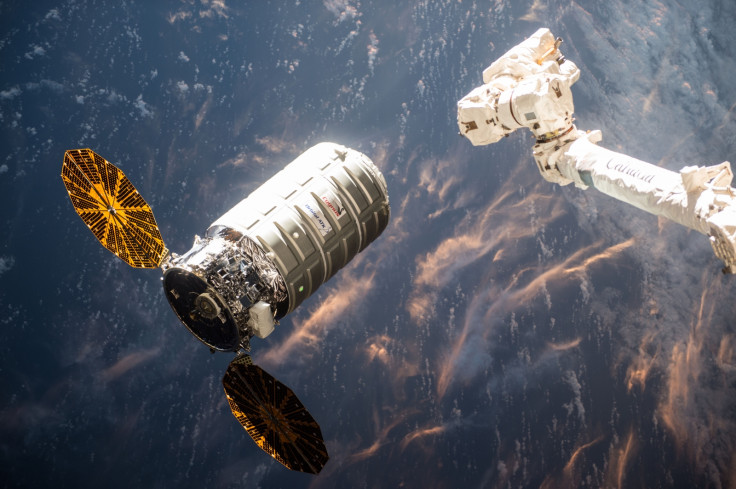What is Nasa's Saffire? Scorching space fire experiment tests how flames spread in microgravity
The fire experiments were conducted within Earth-orbiting spacecraft carrying ISS trash.
Nasa has been setting fires in space. Why? It's an experiment to understand how fires develop and how flames spread in microgravity. The space agency's three-part Saffire experiment was completed on 4 June when the third and final experiment, which involved the space agency setting fire to a large piece of fabric in space, was conducted.
The final Saffire test took place within the Earth-orbiting cargo spacecraft Cygnus. The spacecraft first made a successful delivery mission to the ISS (International Space Station) before Nasa ground control staff launched the third Saffire experiment, which involved burning a piece of fabric for 20 minutes. Cygnus carried disposable materials and "trash" from the ISS.
According to Nasa, the experiments will help scientists better understand how fires behave in space and enable them to enhance fire safety measures for future space missions. The first two Saffire tests were successfully completed in June and November 2016. The final test of the first phase of experiments saw "the flame spread across a 3.28-foot-long (1 metre) sample of cotton-fibreglass fabric".
Although both the first and third experiments involved setting flire to the same fabric, in the final test, the one major difference was that the fans fanning the flames "ran faster to produce a higher flow rate on the flame".
"As the first chance to actually study a realistically scaled fire, the Saffire experiments have provided valuable insight into fire behaviour inside a confined low-gravity environment," David Urban, principal investigator of Saffire, said in a statement.
"The biggest surprise is how slowly the flame are spreading across the samples," said Gary A Ruff, who leads Saffire at Nasa's Glenn Research Centre in Cleveland. "Based on smaller samples in controlled burns on the space station, we expected flames on these larger samples to be up to three times faster than we've observed."
The experiments are vital in better understanding how fires and resulting toxic gases build in microgravity. Preparations are currently on for the next phase of the experiment involving Saffire 4 -6. This phase will focus on "large scale flammability" and address fire detection as well as post-fire monitoring and clean-up.

© Copyright IBTimes 2025. All rights reserved.






















